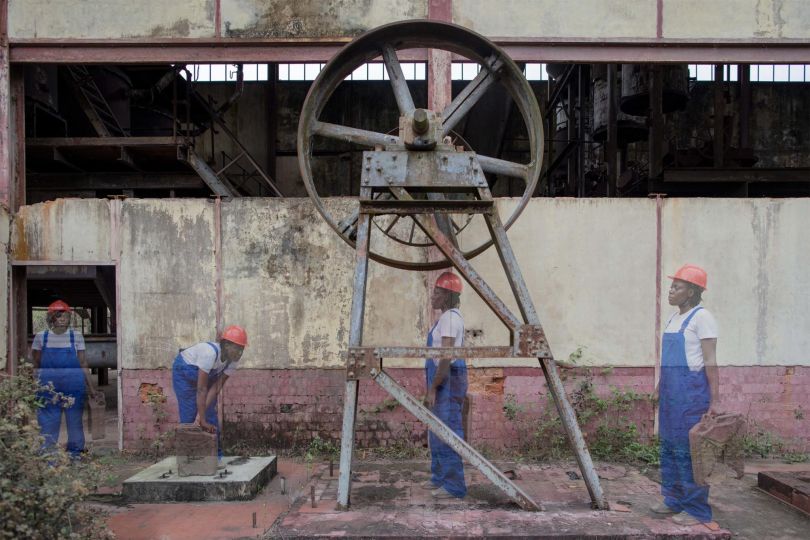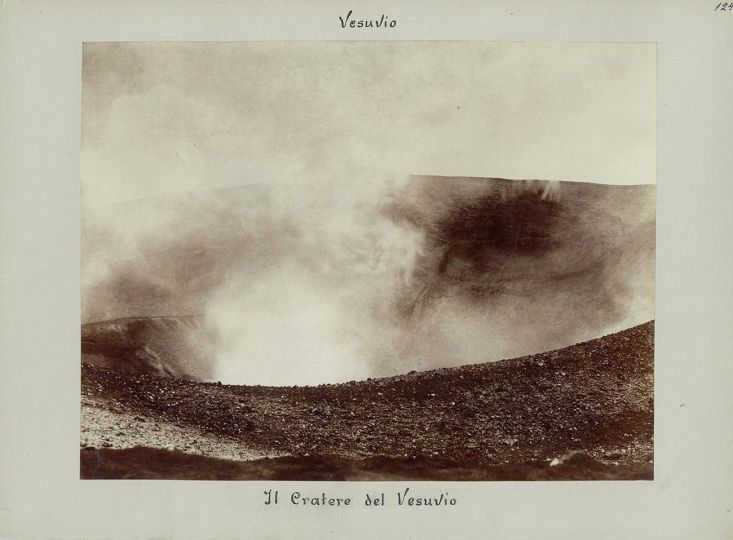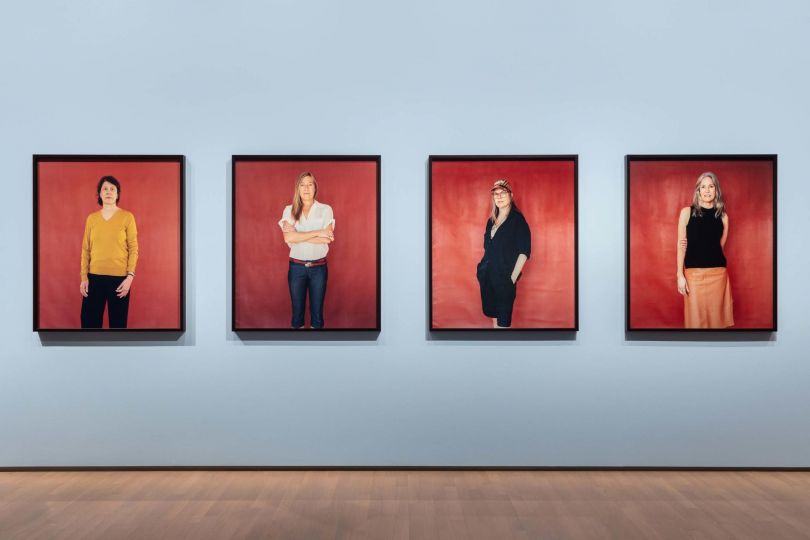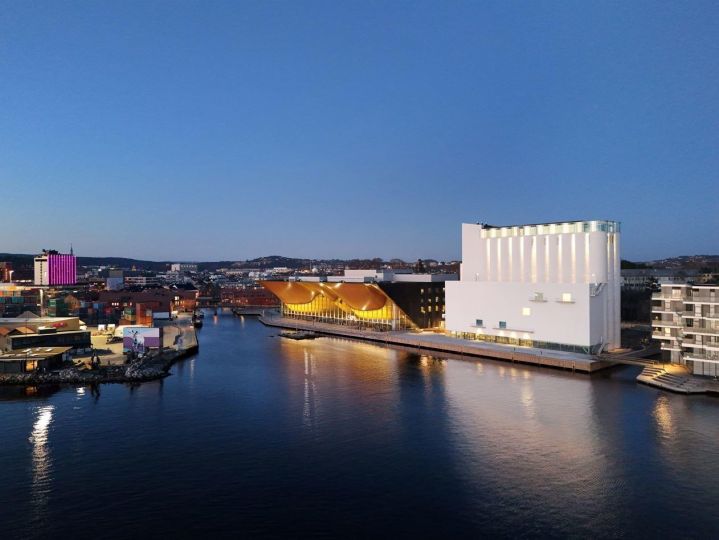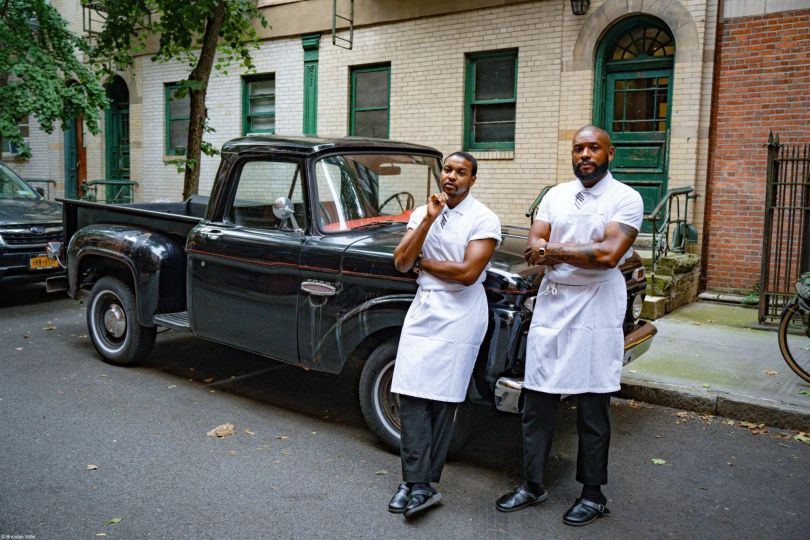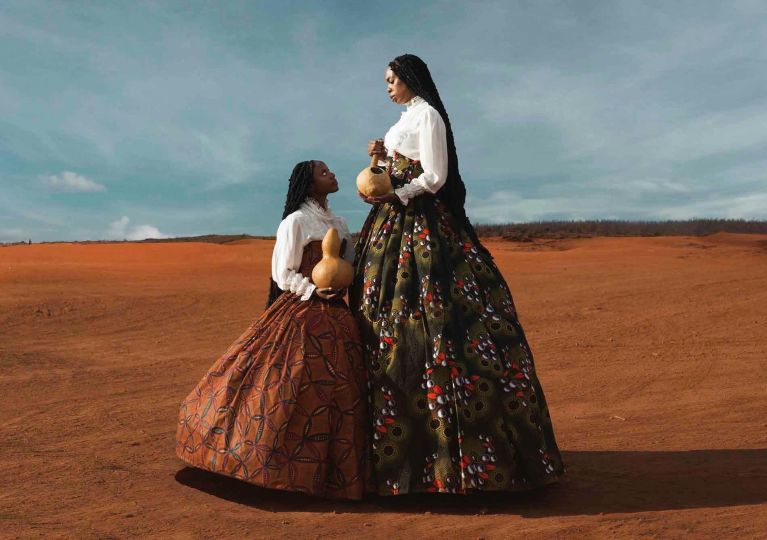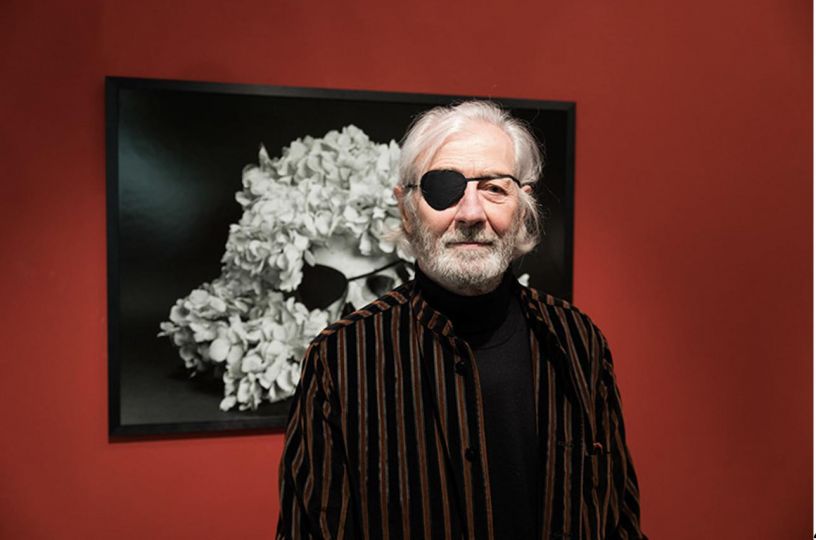New insights at the Fondazione MAST, in Bologna, with the presentation of the works of the finalists of the MAST Photography Grant on Industry and Work 2025. These are the images by Sheida Soleimani (winner of this 8th edition), Felicity Hammond, Gosette Lubondo, Silvia Rosi and Kai Wasikowski. All under the age of 35, they are the emerging talents selected from 42 candidates from all over the world, who have interpreted and explored the theme of the contest with original and unpublished projects.
As the curator Urs Stahel explains, “the finalists of this year’s MAST Photography Grant range extensively through the field of industry, sometimes even moving far from its core. And yet their works are related to it, are ultimately closely entwined with industry”. The concept of industry, he adds, “is difficult to think at a human scale. The classical themes of industrialization and industrial photography are factories, workers, machines and assembly line work. Yet industrialization is highly complex and goes much further. It has become a new society, a new way of life, a new state of mind: a system that embraces the entirety of human existence”. And it is something, we would add, that is constantly changing, in which one is reflected according to one’s own sensitivity, memory and experience (as when observing the ever-changing reflections of the sculpture by Anish Kapoor at the entrance to MAST. Thus, in this year’s projects, produced by young authors with a solid photographic and artistic background, large machines and factories are not explicitly represented, but their presence is perceivable. In a broader sense, the cultural industry is represented as memory and can be read in the layering of themes: nostalgia for the past and, at the same time, a look towards a future of commitment
Thus Flyways project by Sheida Soleimani interwaves several instances that follow escape routes from “a world driven by the destruction of human and nonhuman life”, she says. The various narrative levels tell of the “stories of the women of the Women, Life, Freedom movement and those of injured migratory birds due to collisions with man-made structures. It’s a project about the emergence of new modes of medical, aesthetic and ethical practices of repair”. Sheida Soleimani is an Iranian-American artist, educator, and activist based in Providence, Rhode Island. The daughter of political refugees who escaped Iran in the early 1980s, her work excavates histories of violence linking Iran, the United States, and the Greater Middle East. In working across form and medium (especially photography, sculpture, collage, and film) she often uses source images from popular/digital media and resituates them within defamiliarizing tableaux, creating new connections.
With Imaginary Trip III, Gosette Lubondo delves into the history of her country, depicting its memory and its present through images of colonial structures in the Democratic Republic of Congo, a country rich in raw materials, with a complex history linked to colonialism, such as its industrial development. Lubondo creates a poetic and ambivalent vision of the country, an emic vision, from within. She uses her camera to delve into the layers and legacies of colonial and post-colonial memory, exploring the structures that were symbols of the 1960s and are now abandoned sites, relics of a shattered dream, with the surrealist touch of multiple exposure. Lubondo meets workers and former workers, stages the past, but in order to revive the genius loci,.
The carcass of a car, alloy wheels. If the connection between the project by Felicity Hammond and the industrial world is evident (it explores new links between the past and the future of automotive and mining production), the one with photography is not immediately so. But Anonimous Body is a synthesis of imagery of lithium quarries and coal mines; 3D scanners and printers, hydrographic film for Dark Adaptation. Not to mention the car’s systems that scan and identify the surroundings”, she explains.
Kɔdi by Silvia Rosi includes a series of portraits and self-portrayals inspired by the stories of the Nana Benz, powerful women in Togo, who controlled the trade in wax-printed fabrics and played an important role in the independence from the colonial power. She does so by studying the style of African studio portraits, which she uses ‘to create temporal shifts and make the past intersect with an uncertain present’. All this with a kind of dissimulation, with the figure almost disappearing into the background, also thanks to the use of the negative.
Memory, nostalgia and openness to the future are also in the project by Kai Wasikowski, The Bees and the Ledger. His research’s starting point is his grandmother, an immigrant from Poland to Australia in the 1970s, whose professionalism, acquired in her country of origin, was not recognised: the dispersion of professionalism within migratory flows is frequent.The effect of his images is a mosaic of fragments; the materiality of the world is juxtaposed with abstraction and social life is represented metaphorically by his grandmother’s care for her colony of bees.
The catalogue, curated by Urs Stahel and with contributions from Clément Chéroux, Charlotte Jensen, Kim Knoppers, Bindi Vora and Stanley Wolukau-Wanambwa, is published by Fondazione MAST
MAST PHOTOGRAPHY GRANT ON INDUSTRY AND WORK 2025, 8thEdition
From January 30 to May 4, 2025
Fondazione MAST
via Speranza 42
40133 Bologna (BO)
Italy
https://www.mast.org

